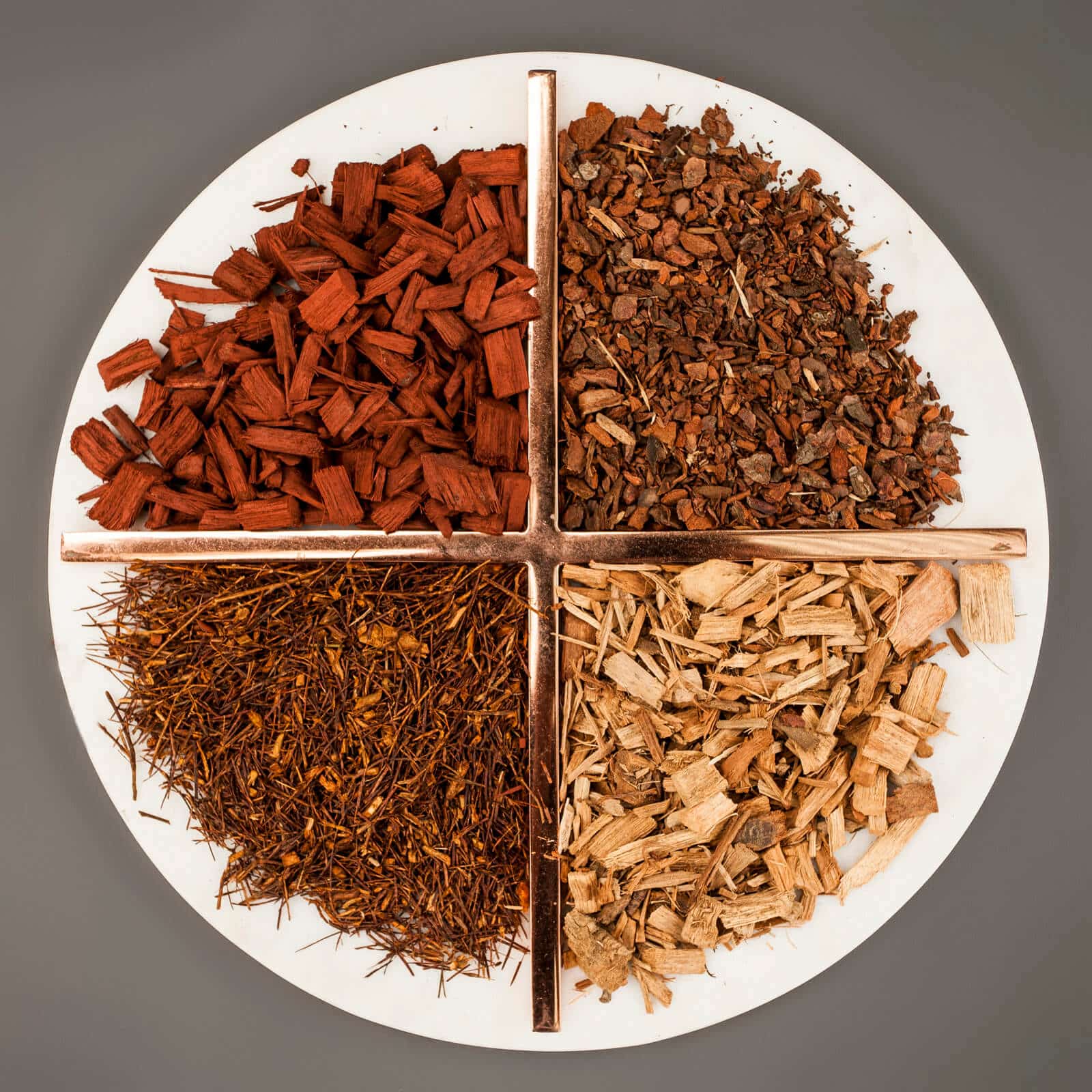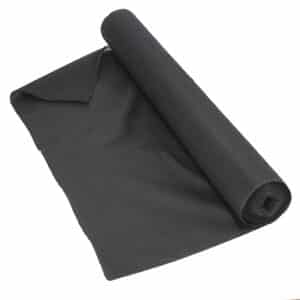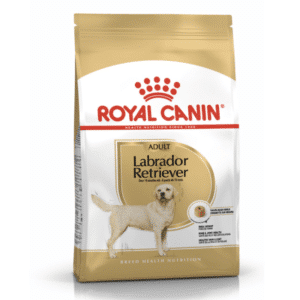Marvelous mulch
DIY and how-to

Mulch is one of the easiest and most affordable ways to save water in your garden. Although it may not look or sound glamorous, in these incredibly hot and dry summer months, it can often be the hero of the garden!
What is mulch?
Mulch is any substance that can be placed on the soil surface around plants to keep the moisture in the soil.
Why do we mulch?
Mulch keeps moisture in the soil and prevents soil erosion. It also keeps the roots of plants cool and helps to prevent frost damage to plants. Organic mulches feed the soil and attract beneficial microorganisms and earthworms to the garden.
There are three main types of mulch: organic mulch, inorganic mulch and living mulch:
Organic mulch comes from plant or animal sources and is the best type of mulch as it conserves water and feeds the soil as it slowly breaks down. Examples include compost, pine needles, grass clippings, bark chips and leaves.
Inorganic mulch doesn’t break down, but acts as a physical barrier to keep moisture in the soil. Examples include stones, gravel and plastic sheeting.
Living mulch refers to low-growing groundcovers that help to keep the soil below them cool. It’s best to choose water-wise groundcovers for best results. For sunny spots, try vygies, echeveria, gazania, osteospermum, lamb’s ear and wild garlic. For shady spots, try hen and chickens or plectranthus.
Advantages of mulch
- Mulch retains moisture in the soil and prevents erosion. Retained moisture encourages good root growth.
- It lowers the soil temperature, meaning less surface evaporation by the sun.
- It helps to prevent weed growth.
- It conditions the soil texture.
- Organic mulch attract earthworms and other micro-organisms, which aerate the soil.
- Mulch helps prevent frost damage.
How to apply mulch
- Before applying the mulch, loosen your soil to improve ventilation.
- Sandy soil requires a thicker layer of mulch than clay soil.
- If you stay in an area which has a fairly high summer temperature, the layer of mulch should be thicker.
- Leave a space between the mulch and the stem and trunks of trees and shrubs.
- Do not place mulch over seeds that have not germinated, as they require light and oxygen to germinate.
You might also like
Shop online
-
WEED GUARD PER METER 1x1M
- R16.99
-
LABRADOR ADULT 12KG
- R1,614.99
-
Gift Card
- R650.00 – R3,000.00




